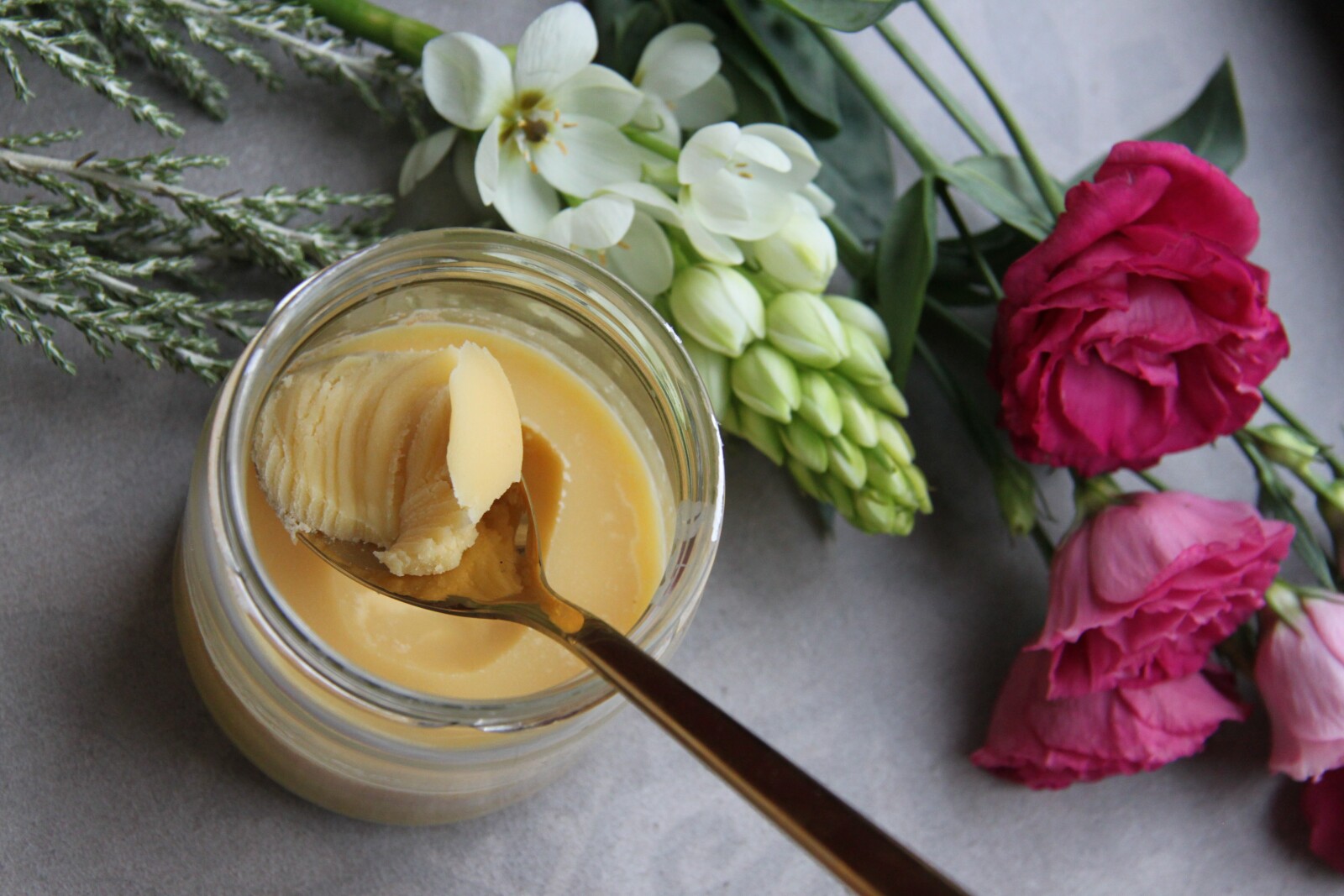
What is Ghee? Basically, it is a clarified butter traditionally made by slowly simmering butter until the water evaporates and the milk solids gently brown. The butter clarification process yields a richly flavored butter oil with nutty and toffee flavors.
It is great if you have slight dairy sensitivities or if you are on the Paleo or Whole30 diets. The process removes most of the lactose sugar and casein proteins which can pose health issues. Ghee provides a nutty flavor. It also allows the smoke point to be raised since most of the milk solids are removed. This makes it excellent for sauteing, stir-frying and roasting foods.
Use unsalted, organic, high-quality butter.
I love to mix homemade ghee with different flavors for a flavored spread. Some examples:
- Ghee with basil; use either fresh basil, basil paste, or Basil Vitality* oil (*one of my Young Living products)
- Ghee with parsley; again, use either fresh parsley, dried parsley, or Parsley Vitality* oil
- Garlic ghee; I use fresh garlic or the minced garlic that comes prepared in a jar.
- Ghee with olive oil and sea salt
- Ghee with cilantro and lime; use fresh or Cilantro Vitality* and Lime Vitality* oils
- Cranberries and Ghee; finely chopped cranberries and orange juice or Orange Vitality* oil
- Pesto and Ghee; Parmesan and Romano cheese, some garlic and ghee.
Step 1: Melt the butter
- Use a heavy-bottomed pan like a dutch oven or stainless steel skillet
- Cut the butter into smaller pieces so it melts evenly
- Apply medium heat and melt the butter slowly, then reduce to a medium-low to simmer
Step 2: Allow Solids to separate then remove them
- Once the butter has completely melted, it will bubble and begin to separate.
- Use a spoon to skim the white solids on the surface and discard.
- It takes time for the butter oil to turn clear so continue to remove the solids.
Step 3: Allow remaining solids to sink
- Let the butter simmer for about 25 to 30 minutes.
- As the butter simmers, skim off the foam that comes to the top. Keep doing this while it is simmering.
- Once most of the foam (milk solids) have been removed from the surface of the butter, there will be some white solids lingering on the bottom.
- Leave the white solids at the bottom
Step 4: Brown the butter solids
- Continue to simmer the butter over medium-low heat.
- Be sure to watch closely because the butter will quickly begin to change a golden color with amber brown solids formed at the bottom of the pan.
- When you see this change and smell toffee flavors, it’s time to turn off the heat and remove the pan from the stove.
Step 5: Strain the brown butter solids
- Allow the ghee to cool slightly for about 3 to 5 minutes.
- Line a fine-mesh strainer with at least a triple layer of cheesecloth.
- Place the lined strainer over a heatproof container like a glass measuring cup.
- Carefully pour the butter oil through the sieve, the browned solids should get collected on the cheesecloth and can be discarded.
And you have homemade Ghee!!
Store in a glass jar. It can be stored at room temperature for up to 3 months and if refrigerated, for up to 1 year. The butterfat will solidify and can be scooped out of the container when needed.
Stay connected for more blog posts. Lots of variety and lots of information.




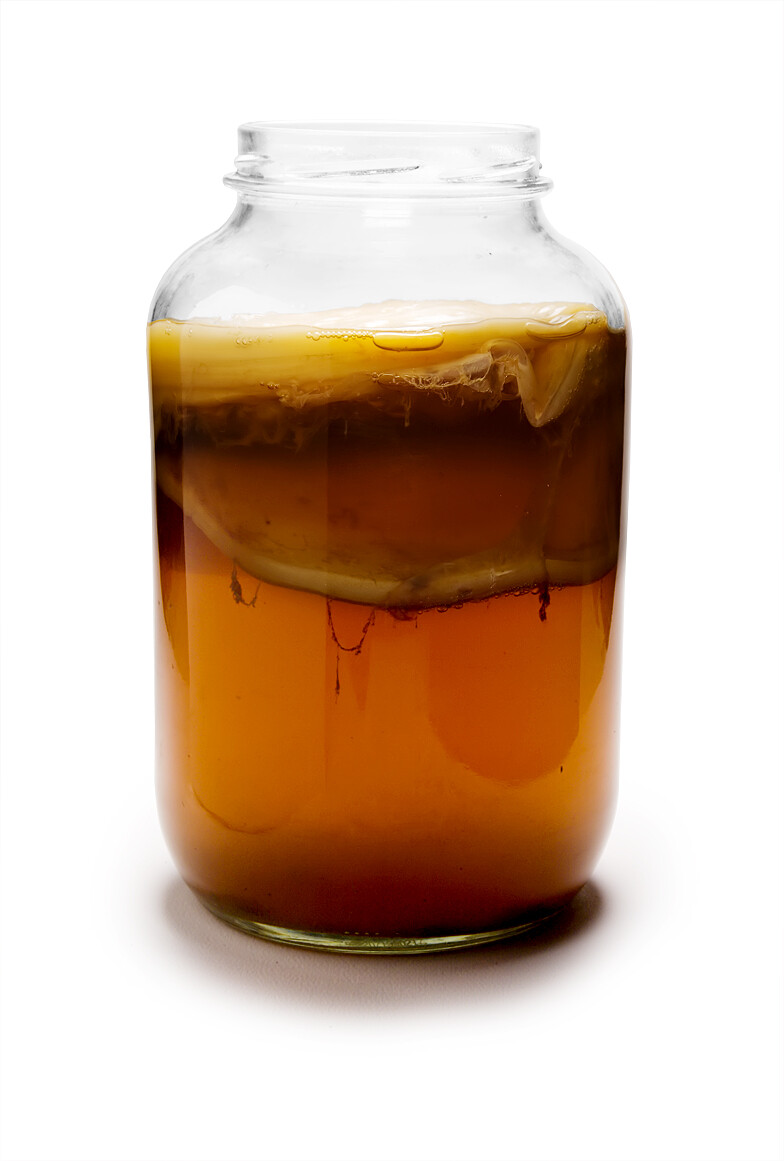




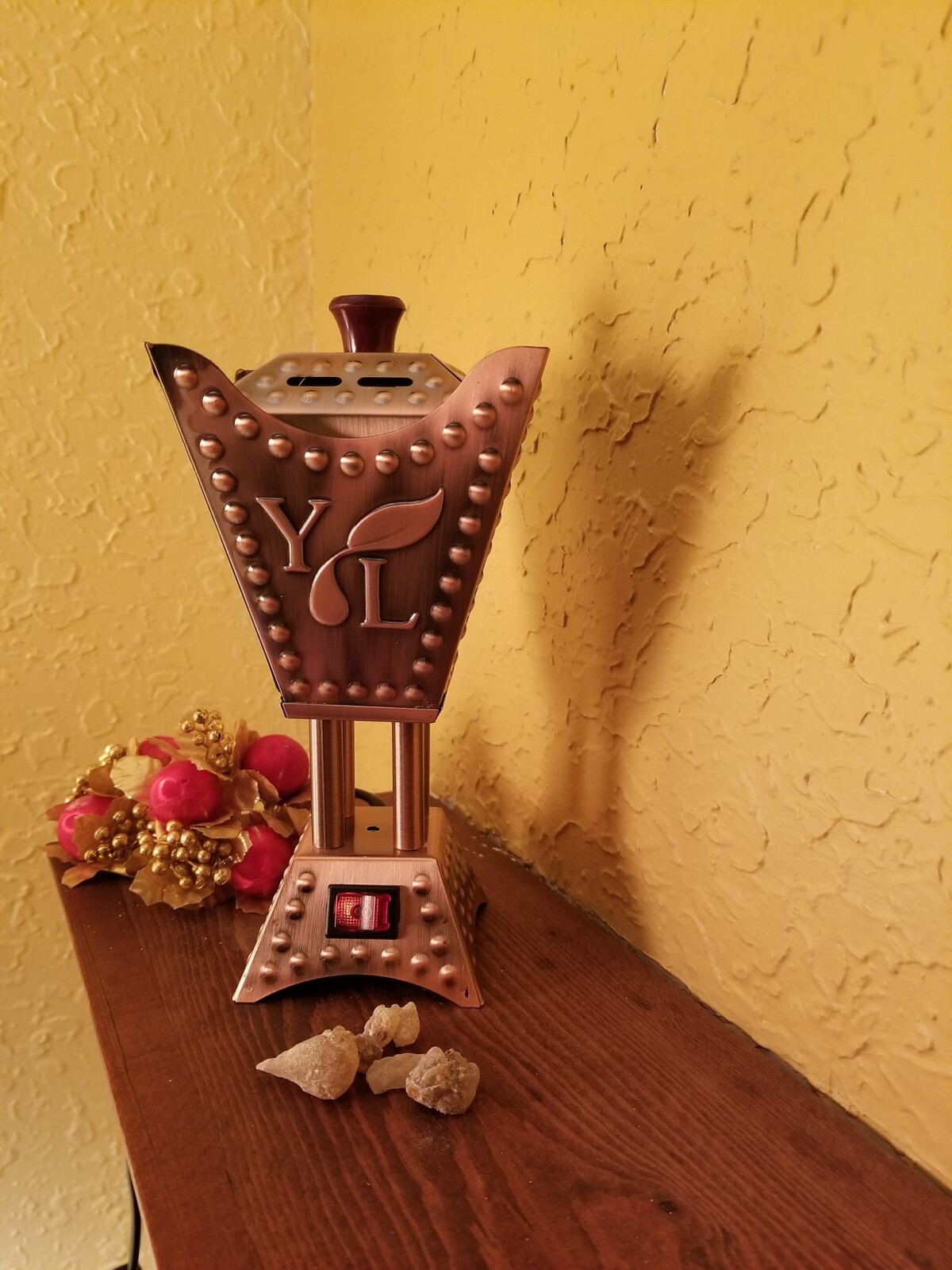
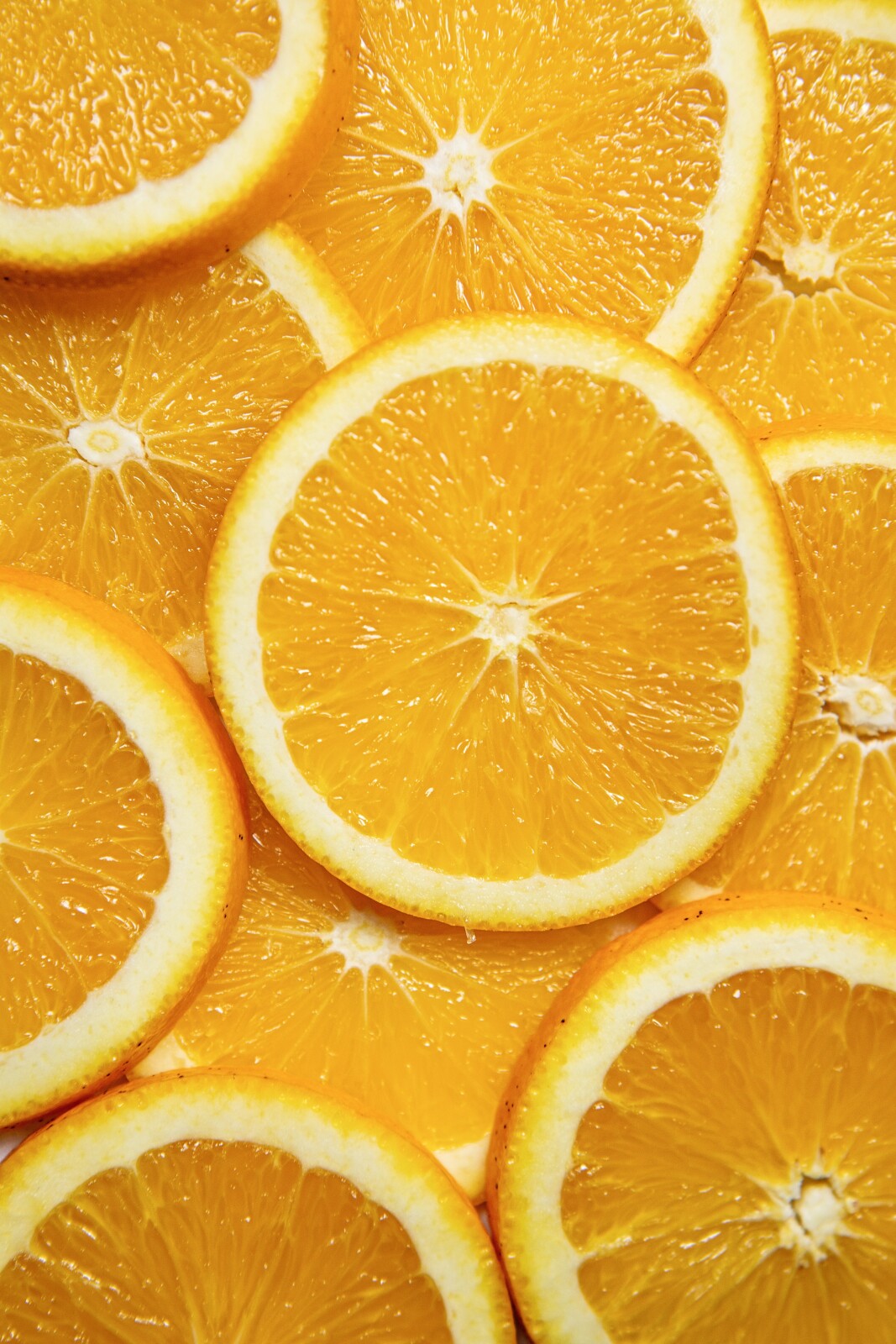
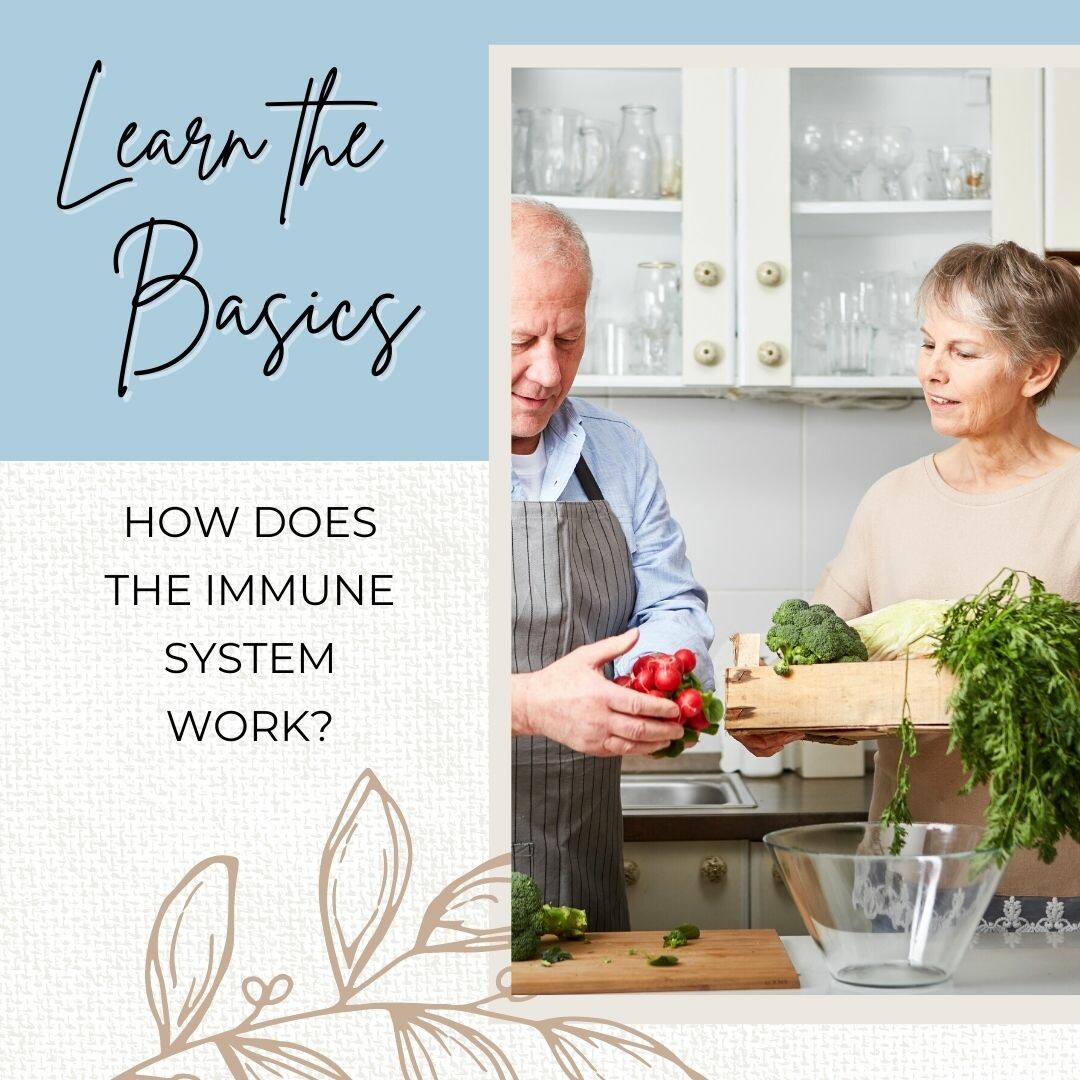

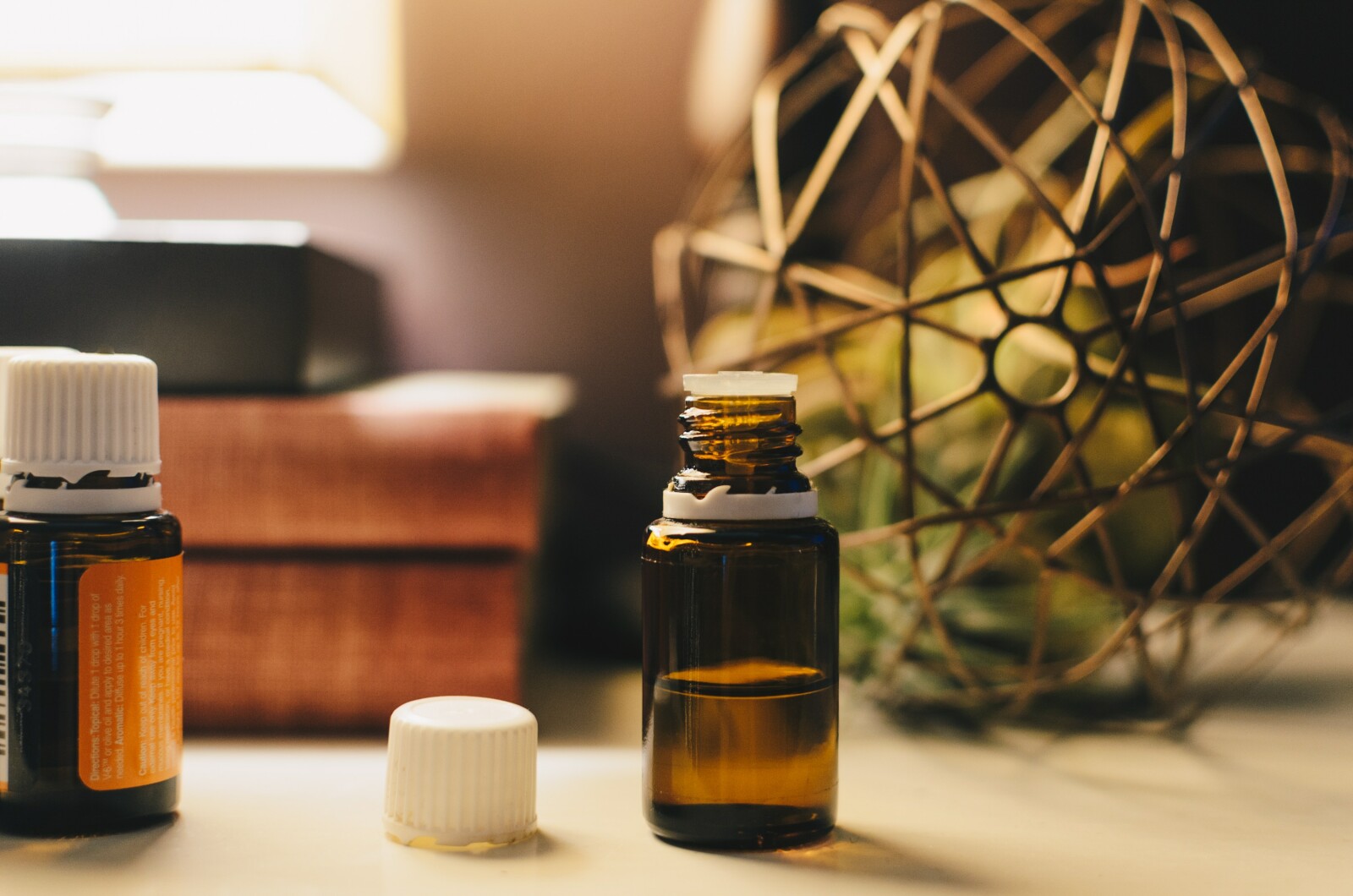
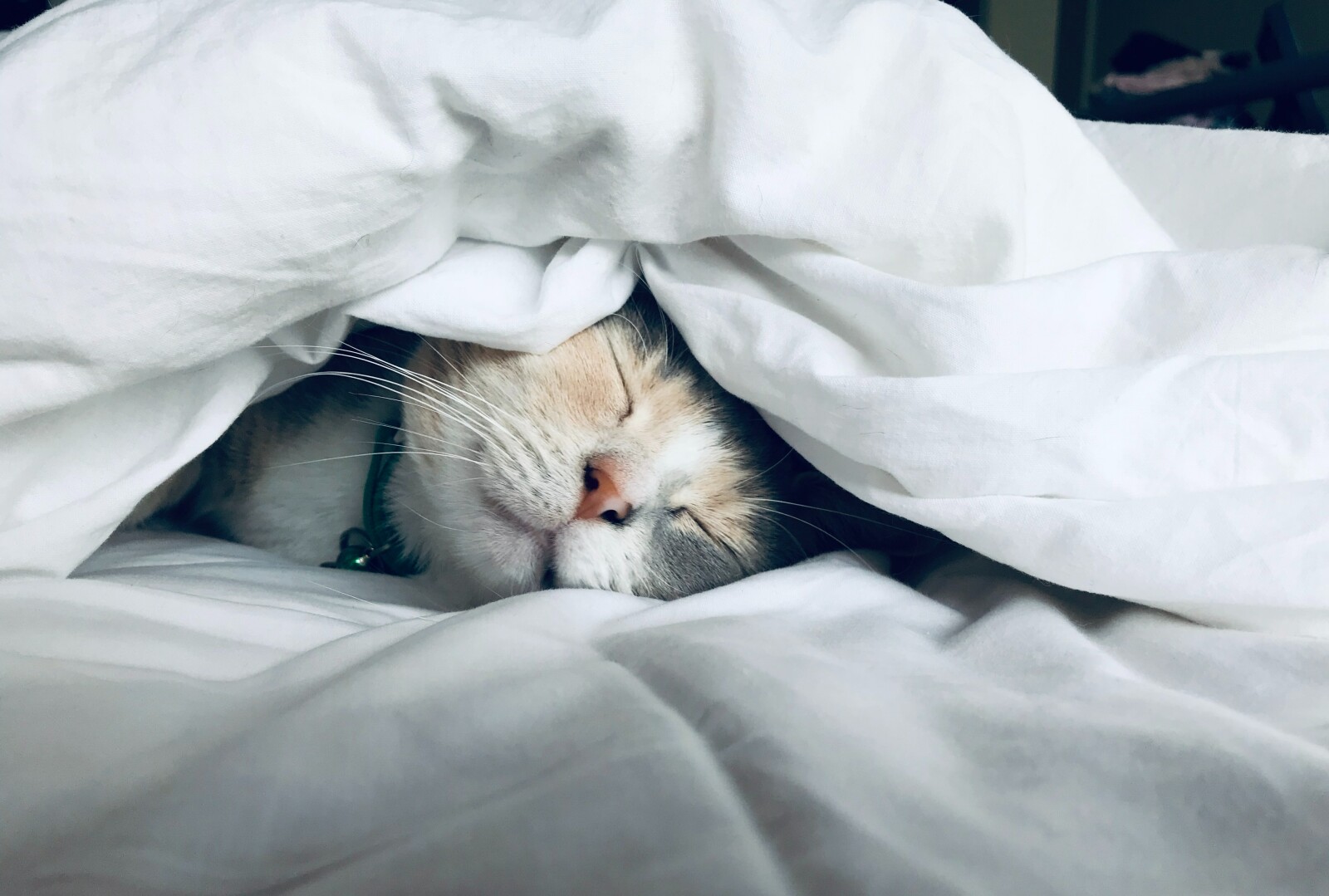
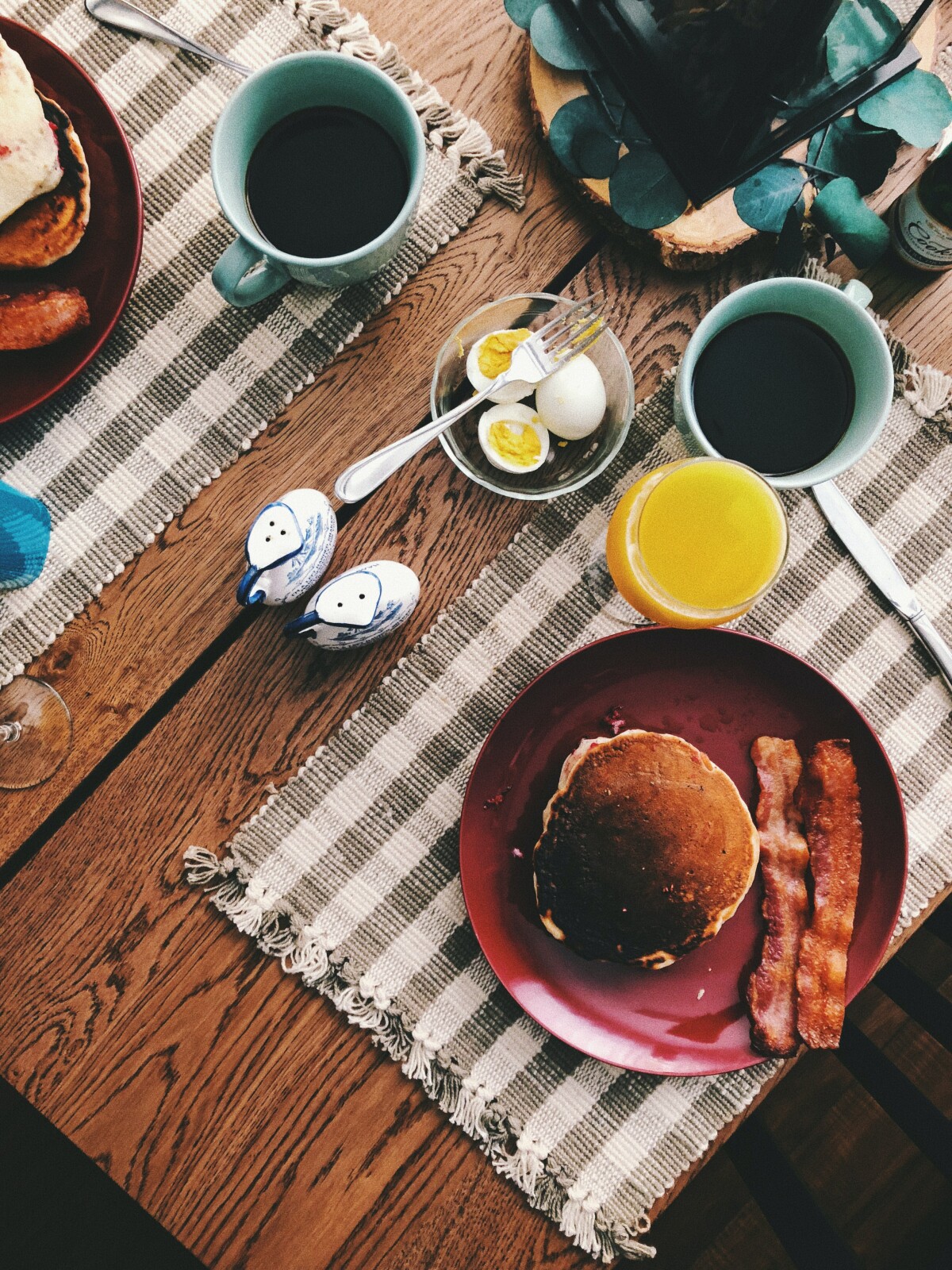
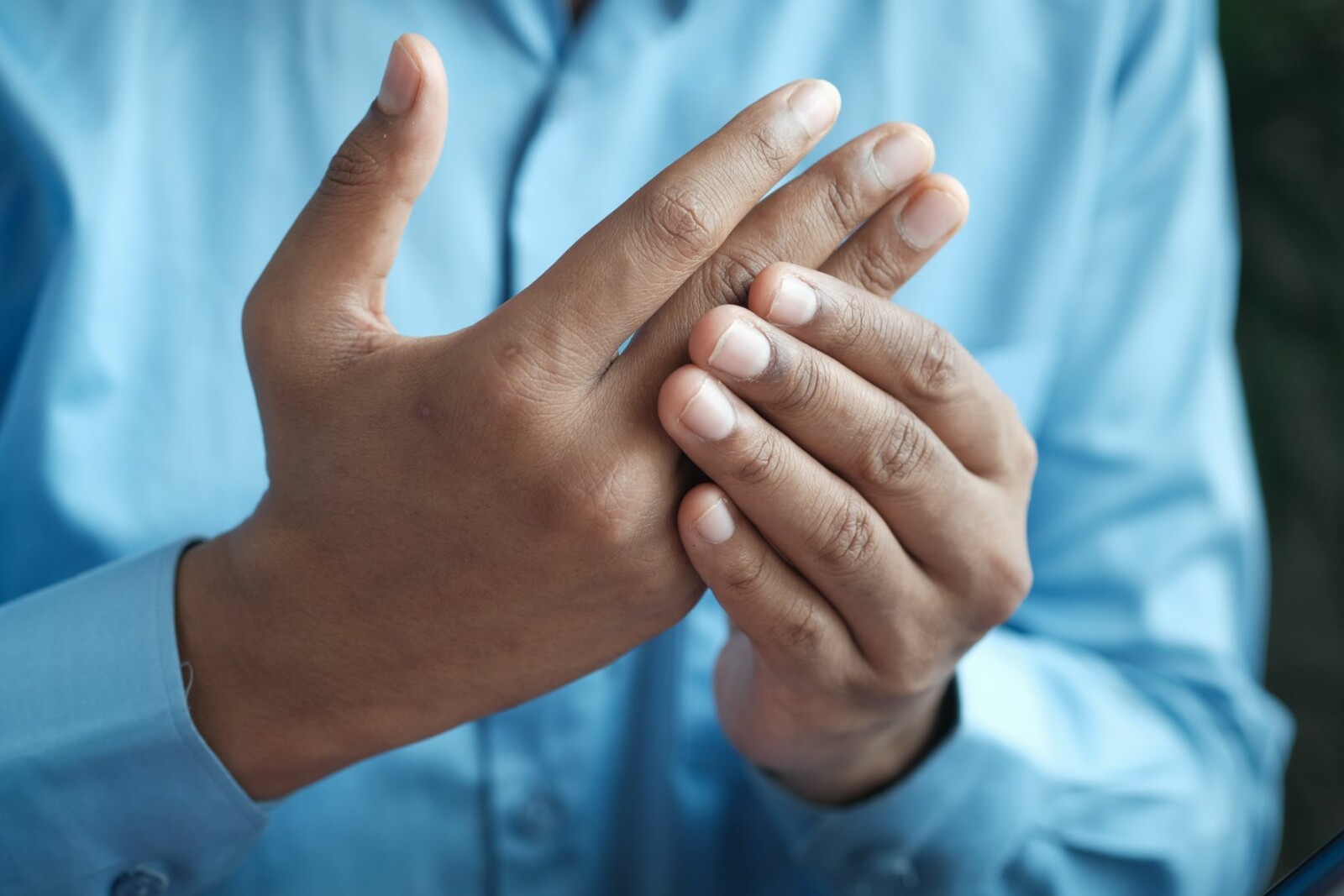

0 Comments